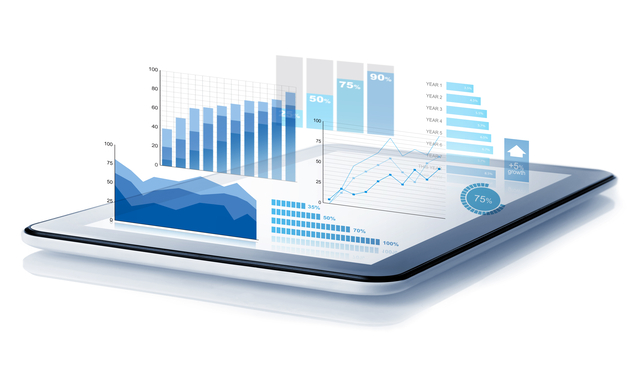From FP&A to xP&A
Meet the Experts
Organizations today face a complex array of challenges, and the traditional financial planning and analysis (FP&A) process struggle to keep pace. Business leaders now recognize the need for advanced planning and analytics to drive organizational insights, as respondents from our SAP S/4HANA Finance and Central Finance State of the Market benchmark report cited the demand for improved planning and insights from finance as the #1 driver of finance and accounting strategy. Our SAPinsder community desires to keep pace, and they are evaluating ways to modernize FP&A functions to facilitate more agile and adaptive decision-making.
However, FP&A functions at many organizations utilize static assumptions and historical financial data that can often translate to processes that may become inflexible and slow to adapt to rapid changes in the business environment. Again, SAPinsiders share this struggle for legacy FP&A processes to keep pace with modern business needs, as they highlighted the FP&A process as the number two pain point (42%) in 2022. FP&A represents an ongoing challenge for SAPinsider organizations as a top 3 pain point since 2020.
Modernizing Approach to FP&A with Shift to xP&A
Legacy FP&A processes can lead to sub-optimal decision-making and missed opportunities for cost savings. This has led to the development of a new planning approach known as xP&A, an innovation in business planning that offers many advantages over current FP&A methods focused mainly on financial data. The xP&A approach replaces the “F” with “X” to demonstrate the evolution to extended, cross-functional planning and analysis. Organizations implementing an xP&A approach to business planning can leverage all types of data, including financial, operational, workforce, customer, and supplier data to make better decisions.
Explore related questions
From FP&A to xP&A with SAP
SAP customers can leverage SAP S/4HANA Cloud ERP with SAP Business Planning and Consolidation (BPC) software and extended by SAP SAC to modernize their FP&A function. SAP xP&A solutions help organizations develop a real-time view of their organization’s financial and operational data, which is linked in a continuous cycle. This makes it possible to departmentalize and distribute the powerful FP&A capabilities – like continuous planning, forecasting, advanced analytics, and performance monitoring, all leveraging a single source of truth. Helps to eliminate barriers between finance and operations, allowing for a more comprehensive view of an organization, thus offering greater flexibility and efficiency in business planning. Overall, xP&A with SAP provides a more comprehensive view of an organization and offers greater flexibility and efficiency in business planning.
What Does This Mean for SAPinsiders?
Consider business alignment needs for xP&A relative to current FP&A processes and solutions. For SAPinsiders, the FP&A function was the number two area of planned investment to support finance and accounting innovation, so it’s critical to have a plan for evolving your FP&A. One approach is to ensure that all departments are aligned and working towards a common goal, as your organization considers is the evolution to xP&A is to ensure that all departments are aligned and working towards a common goal. The xP&A model draws on the best capabilities of financial planning and analysis (FP&A) to facilitate collaboration and coordination across operational departments. Through xP&A, departments can streamline planning processes, using forecasting, analytics, and performance monitoring tools to manage data more effectively and ensure alignment across the organization.
Engage xP&A experts to increase the probability of success in the area of automation. Research from our Automation in Finance benchmark report, informs that SAPinsider organizations view FP&A as the second most difficult process to automate (37% of respondents). There are a number of factors that can make xP&A automation challenging, including complex decision-making algorithms, the need for customized solutions, and high levels of data complexity. In order to tackle these challenges effectively and successfully implement xP&A automation within an organization, it is essential to work with SAP experts, integration partners, and technology vendors, who can guide your organization through each step of the process.
Explore advanced xP&A functionality with SAP SAC. While evaluating and planning updates to FP&A processes, organizations should evaluate advanced cloud-based analytics solutions, such as SAP SAC, within the scope of an xP&A model. SAP SAC is a tool that can help organizations explore advanced xP&A functionality and evaluate potential updates to specific FP&A processes. Through SAP SAC, organizations can use xP&A to help improve planning processes, forecast accurately, monitor performance effectively, and align departments more closely. As organizations consider digital transformation initiatives, xP&A should be high on the list of considerations due to its potential to improve organizational efficiency and effectiveness.





